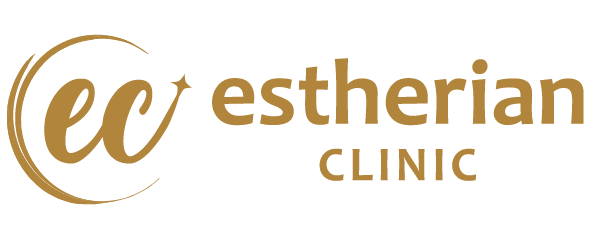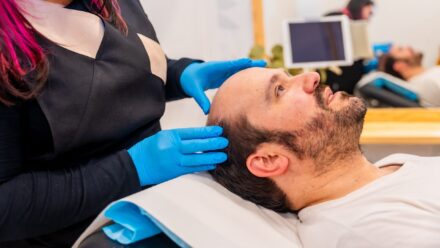Ethnic rhinoplasty is a surgical procedure that focuses on maintaining and protecting the distinct ethnic features of patients from various races or ethnicities. This procedure works to recognize the uniqueness of various cultural characteristics and highlight their diversity.
Cultural sensitivity in rhinoplasty is crucial. It allows for the focusing on the patient’s natural beauty and the enhancement of their existing ethnic characteristics. Instead of erasing these defining characteristics, it works in harmony with them to provide an overall balanced look. Stick with us as we lay out all the different ethnic rhinoplasty techniques.
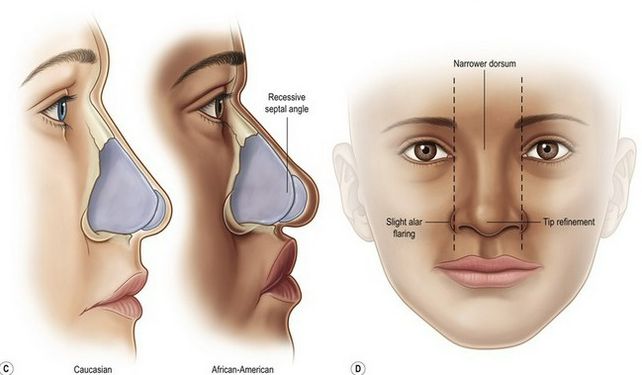
👃 Ethnic rhinoplasty principles
Ethnic rhinoplasty recognizes and considers one’s ethnic identity. Unlike the traditional method, it doesn’t follow trends. Its goal is to preserve the ethnic look of various nose shapes and types. It is meant to offer an outcome that is unique to the ethnic features of the patient.
Along with the cultural preservation of the patient’s features, ethnic rhinoplasty also focuses on the structural preservation of the nose. It aims to strengthen the anatomy of the nose to facilitate its enhanced functioning. It prevents any aggressive reduction of the bridge. This approach to both maintaining the ethnic look of the nose for balanced aesthetics and improving its functionality drastically reduces the chances of needing a revision rhinoplasty in the future.
All-in-all, the concept of ethnic rhinoplasty goes against the idea that beauty depends on Western ideals. It celebrates the unique differences of all ethnicities.

✨ Middle eastern rhinoplasty
Middle Eastern rhinoplasty refers to nasal reconstruction and refinement surgery that focuses on the nasal anatomy unique to the Middle East. Common characteristics of Middle Eastern noses include the following:
- thick overlying skin
- a noticeable nasal hump
- nasal tip ptosis or drooping, wide nostrils
- a strong nasal septum.
Patients of Middle Eastern descent commonly seek nasal alterations such as removing a dorsal hump, narrowing of the nostrils, decreasing tip ptosis, and giving the nasal tip a lifted profile. A Middle Eastern rhinoplasty aims to blend the post-operative nasal aesthetics with the patient’s ethnic features.
Tip refinement techniques for Middle Eastern noses include the use of grafts, tissue-debulking, and DCF (Diced cartilage grafting with fascia) for subtle contouring. For DCF, small pieces of cartilage are taken from the patient, wrapped in fibrous tissue, and used for contouring and sculpting.
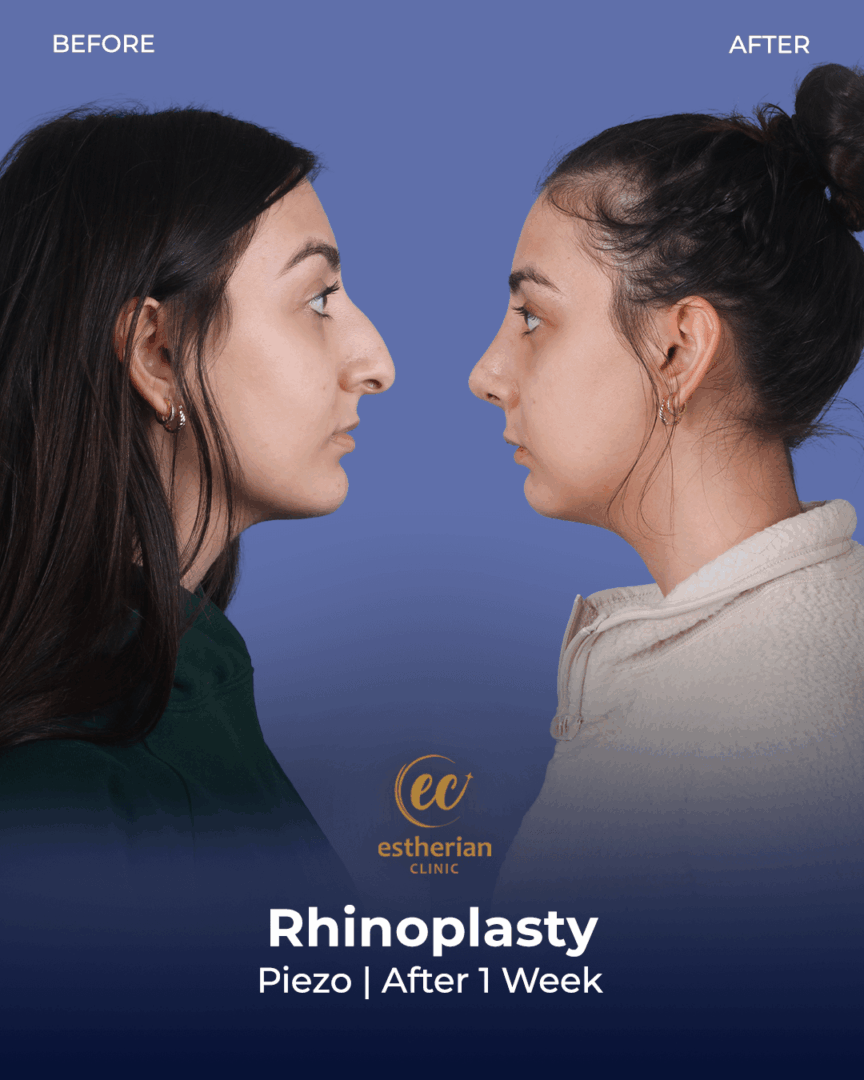
✨ Asian rhinoplasty considerations
An Asian Rhinoplasty or Asian nose job often refers to nasal reconstruction or anatomical refinements that focus on East Asian noses. Common characteristics of East Asian noses include the following:
- low nasal bridge
- thick overlying skin
- weak nasal cartilage
- wide or flared nostrils.
The nasal tip is usually rounded and low.
An Asian nose job aims to enhance the height and contours of the nasal bridge, narrow the nostrils, and improve the projection and definition of the nasal tip. Even though the focus of an Asian nose job is to improve the overall definition of the nasal anatomy, a Westernized nose would be too much for East Asian features. Therefore, it is best to blend the post-operative nasal contours with the patient’s ethnic features.
The tip refinement techniques focus on improving tip projection and contours. This is done by using various types of grafts (Shield graft, Columellar Strut Graft, etc.). The width of the nostrils is also decreased to improve the size disparity.
✨ African and Afro-Caribbean approaches
African or Afro-Caribbean nasal characteristics include thick overlying skin, wide nostrils, a flat nasal bridge, and an overall low-projecting nasal bridge. Most African rhinoplasty procedures focus on reshaping the nostrils, improving the prominence of the nose bridge, and enhancing the prominence of the tip.
Nostril refinement for African ethnicities is achieved through the reduction of the alar base. Customized Alarplasty aims to alter the width of the alar base to match the facial proportions for more natural aesthetic outcomes.
The nasal bridge for African and Afro-Caribbean ethnicities is naturally flat. To increase its prominence, cosmetic surgeons make use of graft tissue (Cartilage grafts or Synthetic alternatives like Silicone grafts).
Tip suturing techniques and graft tissue are used to improve the projection of the nasal tip during an African Rhinoplasty. The rounded or bulbous appearance of the tip is reduced by appropriate trimming of the lateral nasal cartilage.
A Hispanic nose reshaping also deals with anatomical features like thick overlying skin and a flat nasal bridge, similar to an African rhinoplasty.
🛑 You can check out our blog on Facial Anatomy: A Comprehensive Guide to better understand the human face.
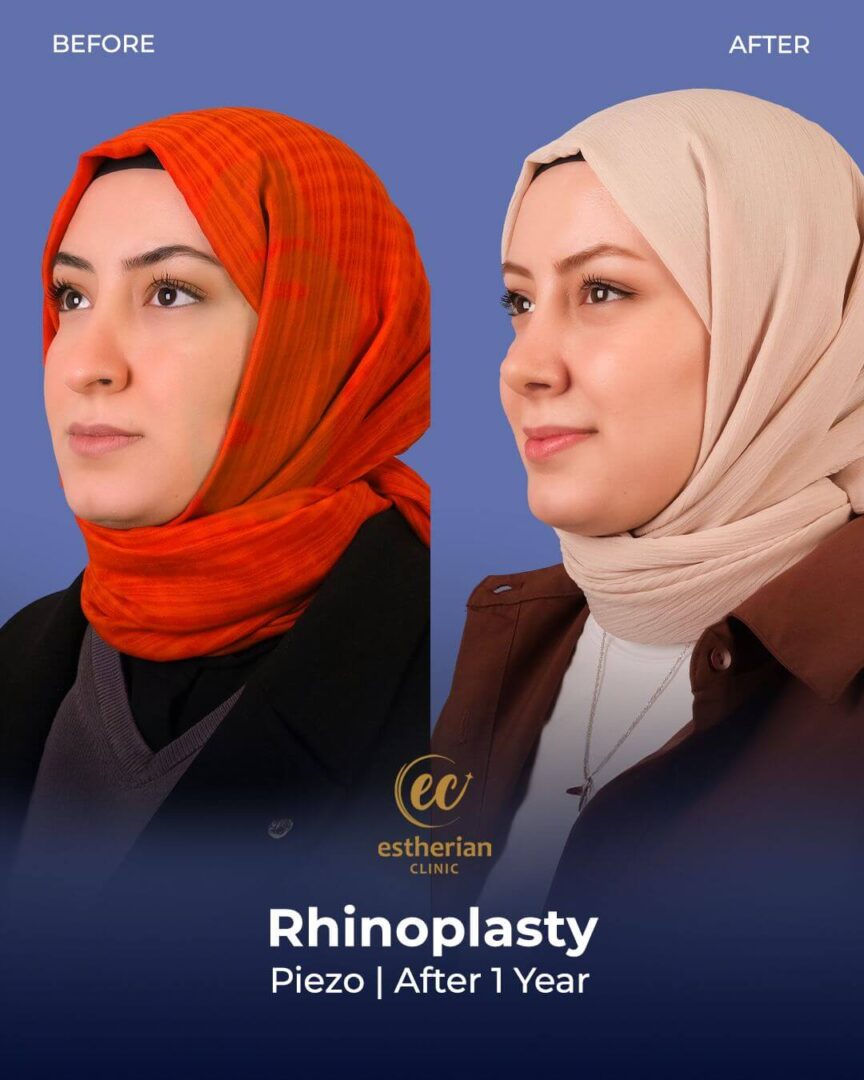
💉 Specialized techniques
Custom grafting is a specialized approach. In this, the surgeon uses grafts, typically from the ear or septal cartilage, to meet the anatomical requirements of various ethnicities. They use this technique to give better shape to the nose, enhance symmetry, or improve the nose’s tip.
The surgeon also uses cartilage grafts to reinforce the structure of the nose. They use spreader grafts to support the nasal bridge. Rib cartilage is sometimes used in revision surgeries to boost the structural support.
Furthermore, extended shield grafts are used to enhance the contours and projection of the nose while considering the uniqueness of the patient’s ethnic features for a natural look.
In addition, the advanced cartilage manipulation techniques involve suturing cartilage to reshape the nose contours. Weak cartilage is also supported and strengthened to get lasting results.
🛑 Browse the before-and-after photos of our patients to understand the skill and precision of our surgeons.
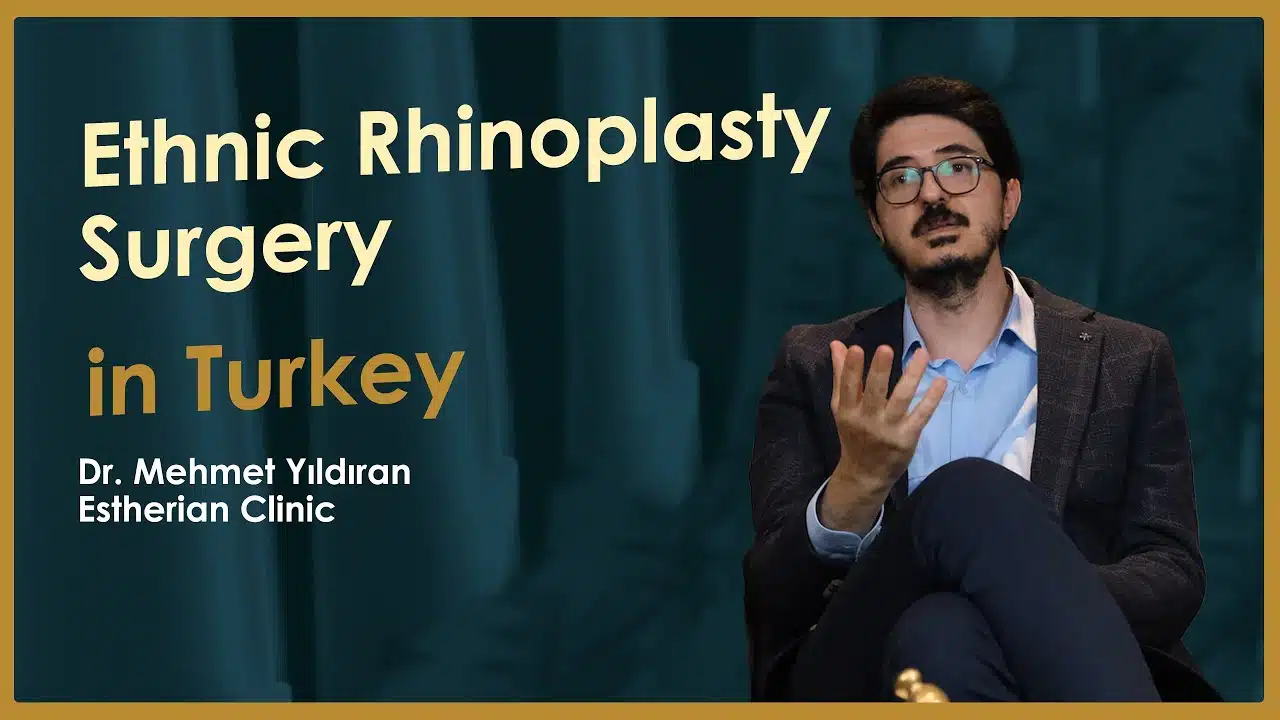
💫 Frequently Asked Questions
Here are some frequently asked questions about ethnic rhinoplasty:
🔍 How much is an ethnic rhinoplasty?
An Ethnic rhinoplasty in the UK can range between £4,000 – £7,000.
🔍 How much is ethnic rhinoplasty in Turkey?
Turkey offers one of the most affordable ethnic rhinoplasties. Its price ranges anywhere between 2500$ and 3500$. However, in the US, an Ethnic rhinoplasty averages at $7,637.
🔍 Do all rhinoplasty surgeons know ethnic rhinoplasty?
Ethnic rhinoplasty requires highly experienced surgeons who specialize in this technique.
The surgeons at the Estherian Clinic work with patients from varying ethnic backgrounds and have an extensive portfolio of work in Ethnic Rhinoplasty. This makes them well-equipped to understand the local beauty standards of different cultures.
🌟 Get your consultation with our best surgeons today!
